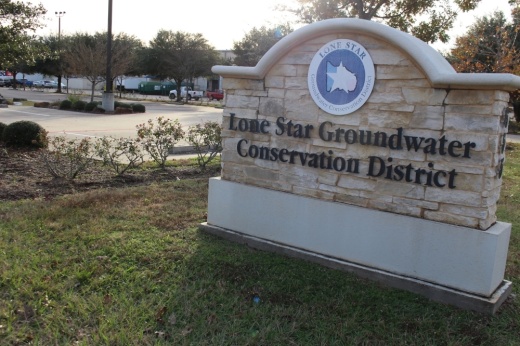Editor's note: An earlier version of this article incorrectly identified Harris-Galveston Subsidence District and Fort Bend Subsidence District as voting members in GMA-14. They do not have a vote.
Groundwater control districts in Groundwater Management Area 14 formally approved desired future conditions for the next five years at a Jan. 5 meeting for the Gulf Coast Aquifer System, which provides groundwater resources to the Greater Houston area.
The new DFCs include a subsidence metric—which measures ground sinkage due to groundwater pumping—for the first time, but includes language that makes the metric optional.
The DFC language had been proposed at GMA-14’s previous meeting in the form of a nonbinding resolution. Representatives from the five groundwater control districts in GMA-14—Blue Bonnet, Brazoria County, Lower Trinity, Southeast Texas and Lone Star, which services Montgomery County unanimously voted to approve the DFC language. Non-voting representatives from two subsidence districts, the Harris-Galveston Subsidence District and Fort Bend Subsidence District, were also present.
“In each county in Groundwater Management Area 14, no less than 70% median available drawdown remaining in 2080 or no more than an average of 1.0 additional foot of subsidence between 2009 and 2080," the approved text states.
GMA-14 representatives did not discuss the language further at the Jan. 5 meeting.
Montgomery County input
Lone Star Groundwater Conservation District, representing Montgomery County, initially opposed the subsidence metric, which was mandatory in previous drafted language, and proposed the amendment that made the metric optional. LSGCD President Harry Hardman previously told Community Impact Newspaper he believed the number was “arbitrary” and that groundwater control districts should not have to be “saddled” with it.
Samantha Reiter, who voted on behalf of Lone Star, said the district was “very excited” about the DFCs becoming official.
“This is exactly what everyone wants, to have GMA-14 and all the districts sit down and come up with this.” Reiter said. “It allows the [conservation districts] to do what they want in their counties how they see fit, based on the best available science.”
Lone Star is conducting a four-part study on Montgomery County subsidence. According to Reiter, the study is in its second phase and initial reports on tasks within that phase will be discussed at a Jan. 11 LSGCD meeting.
Subsidence concerns, next steps
Mike Turco, general manager of the Harris-Galveston Subsidence District, noted the subsidence metric making its way into DFC language for the first time, but stressed the importance of diversifying water sources.
“It’s a good first step for us to begin the conversation about subsidence, but there’s still some areas [where] more needs to be done,” said Turco. “Because subsidence is a real issue and will continue, without diversification of water use.”
GMA-14 now has 60 days to put together an explanatory report for the Texas Water Development Board detailing the new DFC language, according to Chapter 36 of the Texas Water Code. John Martin, general manager of Southeast Texas Groundwater Control District, said the draft report would be finalized at a Feb. 23 GMA-14 meeting, which will take place at 10 a.m. at the Harris-Galveston Subsidence District office in Friendswood.





